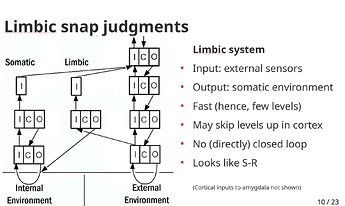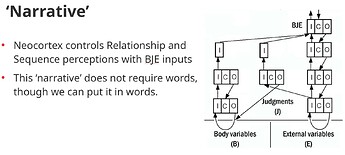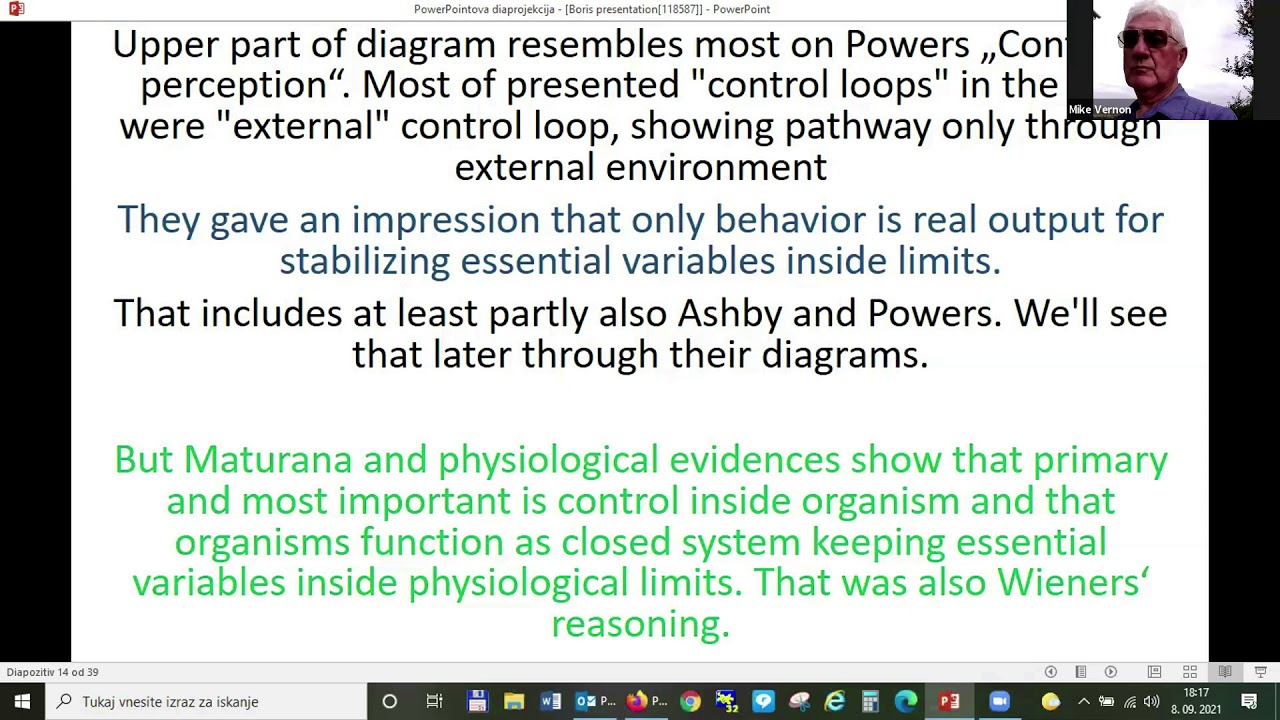Rick’s presentation at this year’s conference was based on an analogy between the ‘gravitational illusion’ in physics and the ‘behavioral illusion’ in psychology.
The gravitational illusion is the concept in Newtonian physics that gravity is a force. Einstein’s equations of relativity theory show that the appearance that a force attracts objects together proportionally to their mass is actually due to the bending effect that a mass has on the space-time continum surrounding it.
The behavioral illusion is the concept in psychology that behavior is caused by stimuli from the environment of the behaving organism. PCT shows that the appearance that stimuli cause behavior is actually due to the disturbing effects that such stimuli have on variables perceived and controlled by the organism.
On the basis of this analogy, he compared the two illusions as to their history and fate. In physics, it came to be accepted fairly quickly that gravitation is not ‘really’ a force, but in psychology 50 years, 60 years, even longer, has not been enough time. He asked why.
There are differences of personal influence and social connection. Einstein had a PhD in physics and he had the backing of influential, well-established physicists. Bill Powers did not complete a PhD, and his backers, while influential in their respective spheres, were not central to what still calls itself ‘scientific psychology’ (Joseph Campbell reaching into Jungian/literary realms, Thomas Kuhn a philosopher of science, Hugh Petrie in education).
There are differences in the conduct of research and in underlying conceptions as to the character of science. In physics, the data, methods, and claims are strictly disciplined, however wild the attempts to communicate hypotheses and theories and the consequences of mathematics in human-friendly stories. Independent replication is required. Anomalies can be identified and specified with precision. But in ‘scientific psychology’, pretensions to the contrary, data and methodology are so vague and imprecise that replication is the anomaly and practitioners have plenty of wiggle room to explain away contradictions.
Einstein said “These equations explain anomalies that Newton’s and Maxwell’s equations could not explain, and they still account for all the old familiar phenomena as well.” Newtonian physics still works for most purposes. (And at the quantum level gravity is still one of the four fundamental forces.) Bill said “everything here is wrong, you have to throw it all out and start fresh on a new foundation.”
There are other differences as well, and to see those that Rick identified you should get his presentation slides and read them.
In my presentation, I focused on the last-mentioned of the differences above. I advocate finding valid nuggets in the slurry of conventional research–the baby in the bathwater–and showing how that nugget of truth has a place in the encompassing framework of PCT. In my presentation on ‘bathwater research’ I showed in very broad brushstrokes the probable neural pathways by which the coercive carrots and sticks of S-R psychology do not ‘predict and control behavior’, but they do influence the values at which organisms control their perceptions, and may even influence the development of novel or changed perceptual input functions. In this way, they appear to influence behavior, in a wobbly way that they have been only able to attempt to capture with statistical generalizations.
I do think the model of subconscious motivations is important, placing the limbic systems and brainstem as intermediary between the somatic branch of the hierarchy and the cortical functions governing the behavioral branch. Here are three excerpts ripped from context in my slides:
(I may get a chance to write the slides up as a paper, as I did for Manchester.)
Psychology, especially ‘scientific psychology’, may be the hardest of the academic nuts to crack. It may well be easier to find live babies in other tubs of bathwater. They might be quite presentable after we towel them off.




